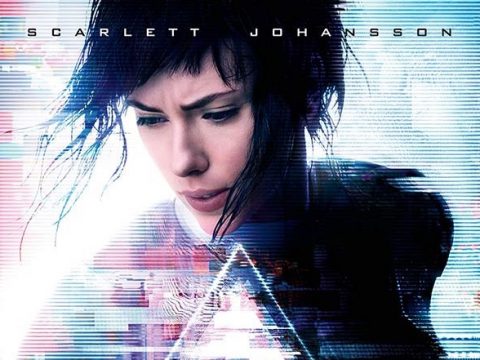If people in America know Space Adventure Cobra at all, it tends to be because clips from the movie were used in the music video “Girlfriend” by Matthew Sweet. But that was nearly 20 years ago at this point, and most people who can even remember that video still have no idea where the animation came from. With the 2010 broadcast of the new Cobra: The Animation television series, now’s a fine time to look at the original anime film that started it all.
Space Adventure Cobra: The Movie came out in 1982. The events of the movie are an adaptation of the first manga storyline from the late 1970s, which was more faithfully adapted once a 31-episode TV series was made shortly afterwards. That arc of the manga was released in English by Viz many years ago, back when manga was still released in comicbook format in America. Given the nature of its content, it may be hard to believe that Cobra was a Shonen Jump manga, but one look at Cobra’s creator Buichi Terasawa will explain matters far better than any words. The anime adaptations were handled by the dynamic anime duo of director Osamu Dezaki and animation director/character designer Akio Sugino. Together, they utilize a variety of unorthodox effects not typically seen in anime. From the framing of the camera angles to their use of pastels, split screens, multi-takes, psychedelic patterns, and of course still-frame freezes, when these guys are together you know the craziness dial gets turned to 11, which is one crazier than 10. This over-the-top stylistic approach makes them kings of animated melodrama whether it’s hardcore shojo fare such as Aim for the Ace or The Rose of Versailles, sports/shonen like Tomorrow’s Joe, or gekiga-inspired seinen such as Golgo 13 and the Black Jack OAVs.
Cobra is a type of “pulp” science fiction that no longer actively exists anymore. It draws its influences from a bygone era before our time when readers still hoped and believed they would live to see “THE FUTURE,” a time of jetpacks, spaceships, aliens, or at the very least flying cars and hover-boards. But as wars went on and the space program was beset by setbacks, it dawned on people that the year 2000 was going to come without bringing with it all those things science fiction had been promising for practically a century. Those times would not be seen in their lifetimes, and so fans became awash with a cynicism that carried over into sci-fi itself. “Pulp” fell out of fashion. Nobody could “take seriously” the idea of a future populated by ladies jet-setting around the galaxy in space thong bikinis, miniskirts, skintight catsuits, etc. as seen in “camp fare” like Barbarella or UFO. When Star Wars came out in 1977, it was a breath of fresh air. A throwback to the old pulp serials of yesteryear, people saw Star Wars and wanted more. So began the resurgence of Space Battleship Yamato and the commissioning of series such as Captain Future and other titles meant to strike that “space opera” nerve. I note all of this up front to account for the fact that within the first 90 seconds of Space Adventure Cobra: The Movie, a guy gets his head blasted clean off by a laser pistol as wielded by a voluptuous woman in a skin-tight catsuit. When they say “Space Adventure” in the title, they mean it!
With his goofball “alpha male” tendencies, series protagonist Cobra isn’t a particularly modern-day anime hero. He’s part Han Solo and part Sean Connery-era James Bond, with a healthy dose of Lee/Kirby/Steranko-era Nick Fury on top of that. In fact, the movie opens with a particularly surreal Bond-esque sequence, complete with many naked women encased in balls and rolling around underwater. A muscular intergalactic cosmo pirate with a cigar perpetually in his mouth and an ultra-powerful ray gun known as the Psychogun—which like a Green Lantern’s ring is powered by his will—that doubles for his left forearm, Cobra along with his cyborg companion “Lady Armaroid” (usually just called “Lady”) travels the final frontier aboard a freakin’ sweet spaceship in search of adventure, booty, and…booty, of which there’s PLENTY thanks to Terasawa’s posterior inclinations. Actually, in this movie they’re far more covered up than in subsequent versions.
In stark contrast to anime’s most iconic space pirate, the eternally brooding (and drinking) Captain Harlock—who’ll soon receive another remake—Cobra is much more happy-go-lucky (and drinking). With his almost Lupin the Third-level wisecracks, exaggeration of body movement, and particularly expressive face he may be the anti-Golgo 13. A subtle change in facial expression, particularly throughout action scenes, is one of those little details that require a combination of money and effort to pull off, and so it’s not something you really see much of anymore outside of really big-money productions. With Dezaki/Sugino leading the charge, Cobra was all about that.
But Cobra has a bounty on his head, courtesy of the galactic pirate syndicate “The Guild,” which is so high that it makes him the most wanted man in the entire galaxy. Ladies, take note: with THAT many people gunning for his life, hooking up with Cobra may be more hazardous to your health than all those cigars Cobra smokes, regardless of whether or not they contain secret hidden gadgets or explosives. In the film, most of Cobra’s troubles are the direct result of a psychokinetic leader of The Guild known as Crystal Boy. He’s a giant golden skeleton…man…skeleton…encased in unbreakable glass. Who’s…uh…naked, so that makes him a naked giant gold skeleton in glass…except when he’s wearing his Dr. Doom cloak. With the ability to use his bones as weapons, Crystal Boy relishes in being a total jerk with a hilariously creepy face, the sight of which makes me assume his business card titles all note his position within The Guild as that of “Rich Uncle Skeleton XTREME.” Crystal Boy is one of the greatest villain ideas ever conceived.
Space Adventure Cobra is as much a product of its time as Jem and the Holograms was. You can’t modernize it at all without losing the very thing that made it what it is. This is a cartoon with an all-female team of rocket snowboarding train robbers, and aeronautical transforming fire horses (possibly unicorns, thus making it PAUL CHAPMAN TIME). Where rocking out on a pipe organ is a preferred method of computer interface, and nobody seems THAT concerned when suddenly a giant floating, talking space baby shows up outside your window to just kind of stare at you as you’re trying to get your mack on. To say nothing of the giant gold skeleton who won’t stop ruining your day. If you can’t roll with any of that, then nothing will convince you. But when people speak of the 1980s as “the golden age of anime sci-fi,” it’s because of things like Space Adventure Cobra.
Crystal Boy for President.
For an alternate take, give Darius Washington’s Space Adventure Cobra review a read.


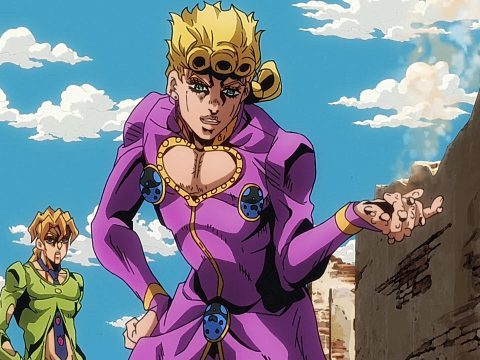
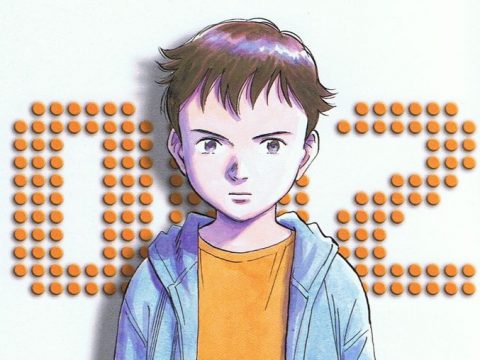
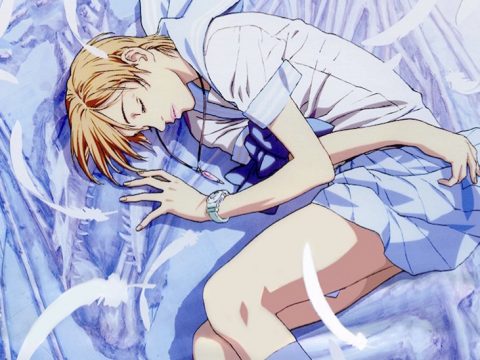
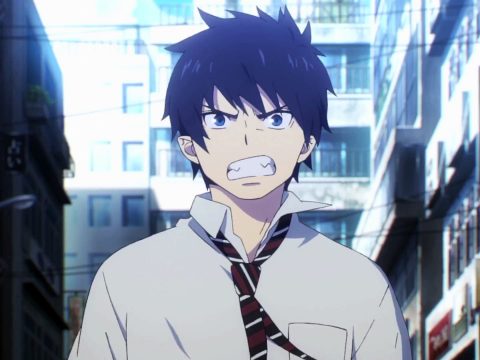
![[Review] Ghost in the Shell Deluxe Edition Manga [Review] Ghost in the Shell Deluxe Edition Manga](https://otakuusamagazine.com/wp-content/uploads/2017/08/gitsdeluxeheader-480x360.jpg)
